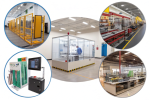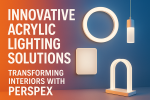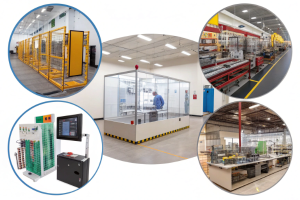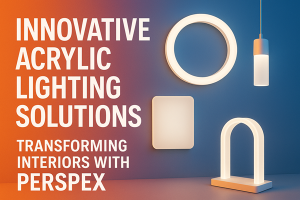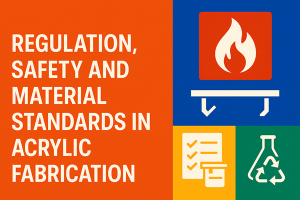5 Industries That Benefit Most from Perspex Cut to Size

blogpost
Perspex, also known as acrylic sheet or acrylic glass, has become one of the most versatile materials used across multiple industries today. Its combination of clarity, durability and adaptability makes it ideal for bespoke applications, especially when ordered cut to size. Whether you’re a designer, small business owner or facilities manager, understanding where Perspex excels […]
View postInnovative Acrylic Lighting Solutions: Transforming Interiors with Perspex

blogpost
Acrylic lighting has become a leading choice for modern interior design because it delivers clean lines, soft diffusion, and a premium look without the weight or fragility of glass. Perspex is a reliable acrylic material for lighting because of its clarity, durability, and flexibility. This guide explains how Perspex lighting works, where it delivers the […]
View postSignage & Display Innovation: Trends in Retail, Exhibition & Experiential Spaces

blogpost
The world of signage and display design is changing fast. Whether for retail, exhibitions, or experiential installations, brands are rethinking how they communicate visually. Acrylic fabrication specialists like Denny Plastics are seeing new expectations from clients who want displays that feel immersive, modern, and technically refined. From edge lighting to interactive touchpoints, the line between […]
View postRegulation, Safety and Material Standards in Acrylic Fabrication

blogpost
Acrylic is one of the most versatile materials in signage, retail, architecture, and industrial design. Its clarity, strength, and adaptability make it a reliable alternative to glass, but safety and compliance must always come first. Understanding the rules, standards, and testing that govern the fabrication of acrylic is essential as its use in public and […]
View postHow Museums and Galleries Choose Display Cases – What You Need to Know

blogpost
When you step into a museum or gallery, the art or artefact isn’t the only masterpiece on display, the case protecting it often says just as much about craftsmanship and precision. Behind every sleek, crystal-clear enclosure is a blend of design, engineering, and conservation expertise. At Denny Plastics, we’ve built display cases for some of […]
View post



